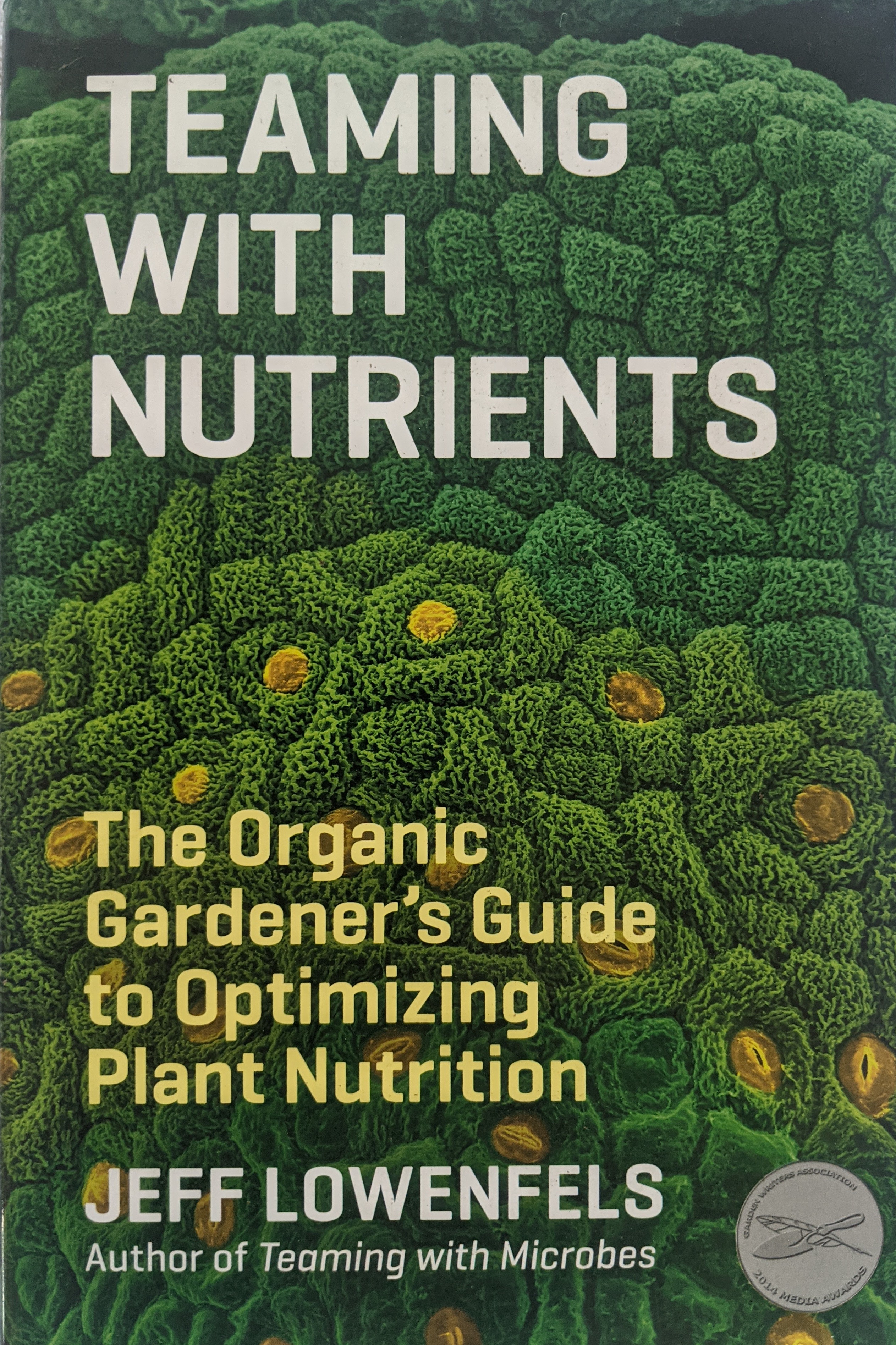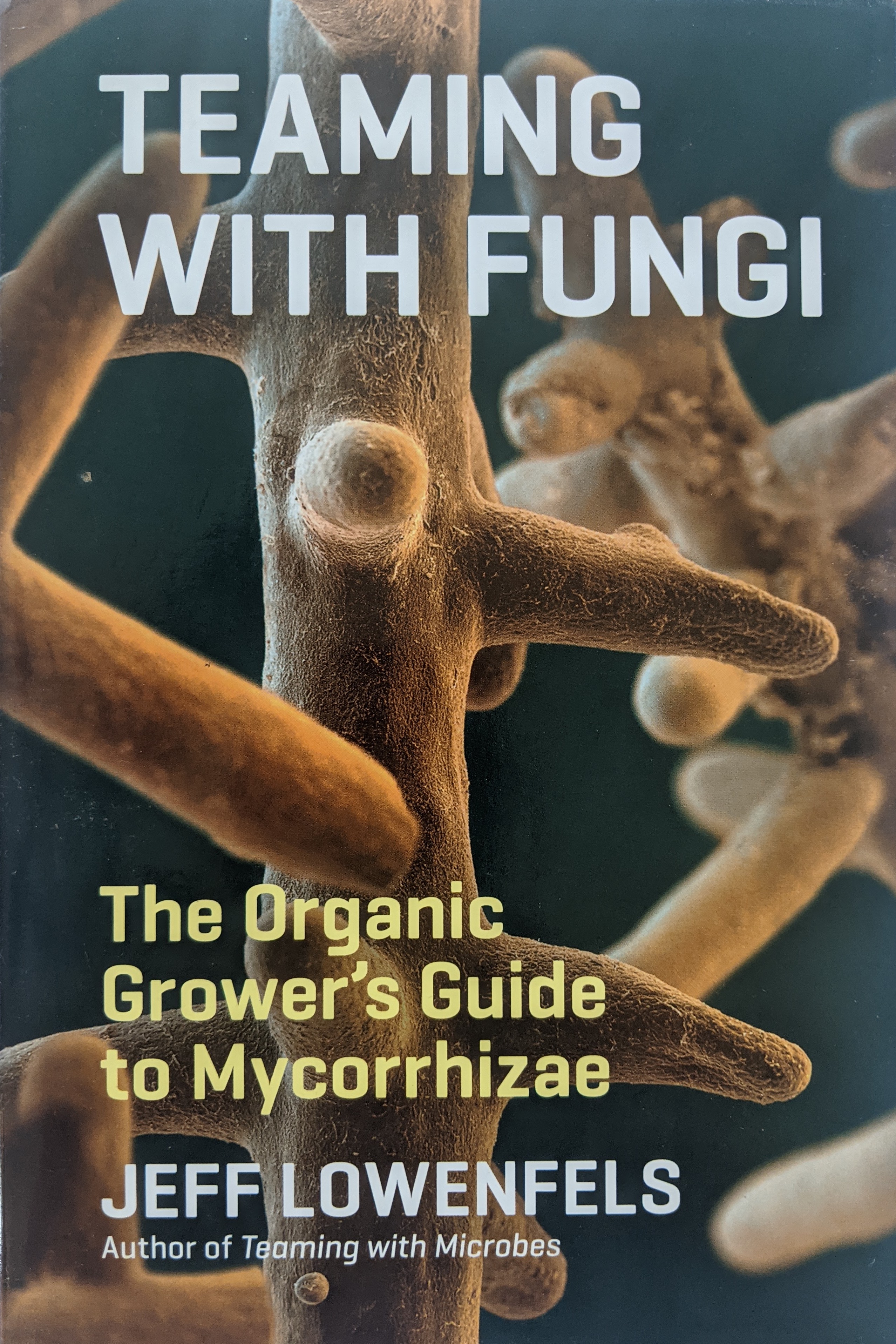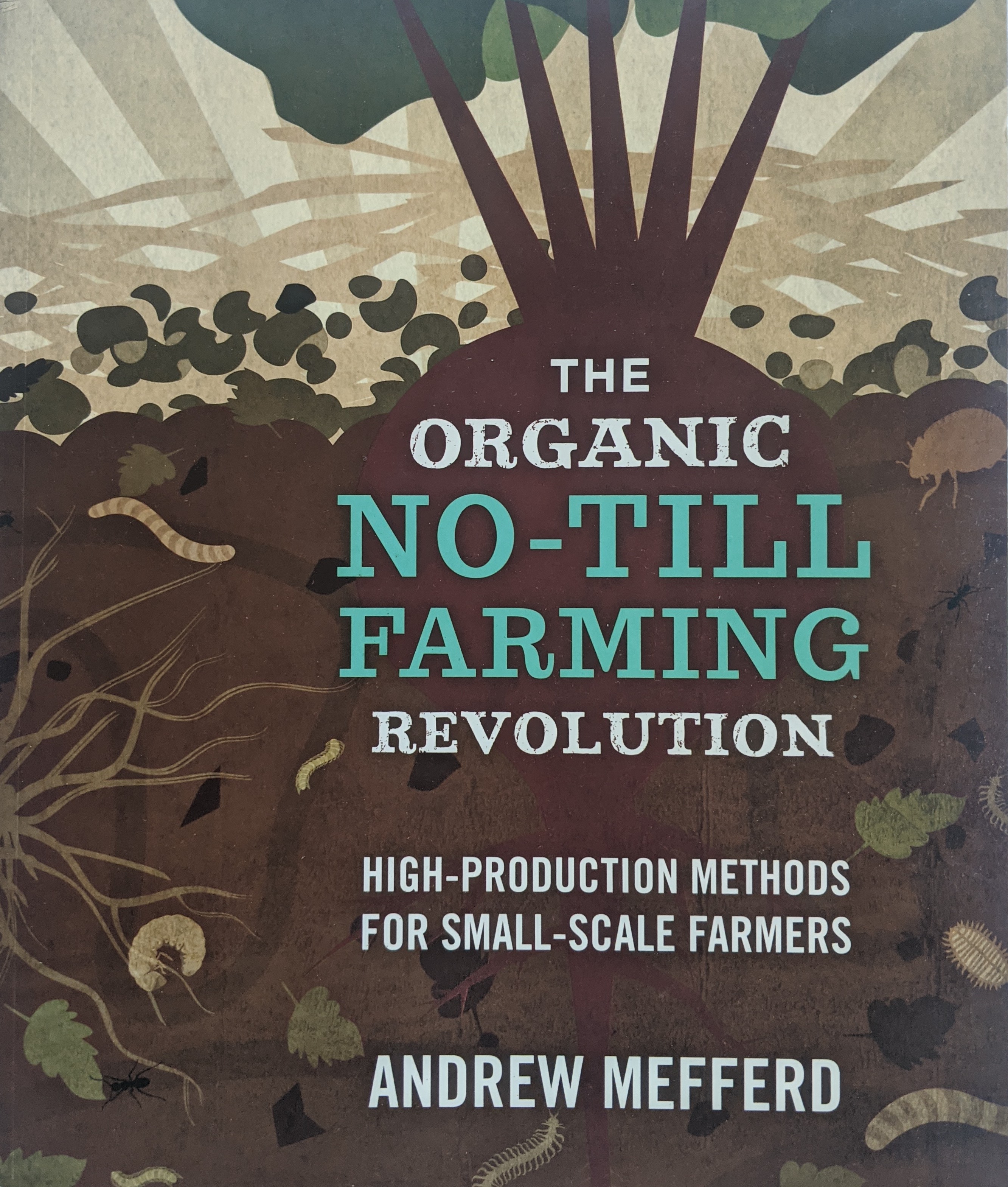A Most Neighborly Planting & Guardian of the 'Āina
Our farmers have had their hands in the soil since the 1940s
with
one of us being born on a farm in western Ohio.
Another was part of the "back to the land movement" of the late 1960s and '70s.
Somewhere we have The Complete Book of Composting (Rodale Press, 1971)
stored in a tub.
But most of the wisdom of that era has been shown not to be as wise as we thought.
A soil revolution of the 1980s and 1990s, with much research being done at Oregon State University,
has meant a sea change in farming worldwide and in organic farming, in particular.
(We list our new "bibles" of organic gardening below.)
No longer is the coveted tool a roto-tiller aerating the soil.
We now realize how much damage roto-tillers have done.
For just below the surface a dense nutrient web is constantly developing.
Non-intrusive tools are used to aerate,
but mostly the insects who thrive within this food web
leave behind tunnels for aeration.
The great insight is that the media through which plant roots are nourished are the exudate
flowing out of neighboring plants.
Of course,
such neighbors may be divided into two groups:
helpful and not helpful (or even injurious).
Another revolutionary insight has to do with managing unwelcome plant-neighbors.
We now realize that the most efficacious activity for promoting weed growth and propagation is weeding!
With every weed we pull out
(and our goal had always been to get all the roots),
we flood the soil with sunlight and water at the next rain,
germinating many thousands of weed seeds that had been lain dormant .... perhaps even dying.
Today's goals include dense planting to cover the soil depriving unwanted seed of sun and rain.
Of course,
both objectives
—
nutrifying our crops with helpful neighbors
and
dense-planting to prevent weeds
—
merge into one.
The goal of the organic farmer today is to introduce nitrogen-fixing plants
(such as legumes),
phosphorous-fixing plants (such as Yarrow),
and
potassium-fixing plants (such as Comfrey).
In tropical and subtropical locations,
many small farmers feel that they are driven to spray chemical herbicides in order to survive.
Here in Hawaii,
a nitrogen-fixer introduced by Parker Ranch as a superior fodder and forage for cattle
has largely taken over the island:
Guinea Grass (Megathyrsus maximus)
We continue to prize it for its prodigious growth and dense nutrient production,
Under the right conditions it can grow four inches a day,
so it must be aggressively harvested and folded into compost.
Many small farmers here feel that this grass along with other prolific large grasses
has forced them to spray herbicides,
poisioning their customers and toxifying the 'āina.

We have found that the solution is Perennial Peanut
(Arachis glabrata Benth),
also called Rhizoma Peanut.
It is highly adaptable,
grows in every soil into which we planted it,
is drought-resistant,
competes well against all comers,
yet
does not take over.
It establishes quickly and spreads rapidly.
Typically,
it will grow six to eight inches high and can be pruned with a string trimmer.
Some of our neighbors plow through it with a push mower.
Nothing seems to phase it.
The State of Florida has been introducing it into their highway system plantings for years,
and
cities such as Jacksonville have made it their public default planting.
Perennial Peanut
it is an excellent nitrogen-fixer,
producing 200 lbs. of nitrogen per plant per acre annually.
We use it as the neighbor-plant of choice planting our Turmeric directly into a dense bed of
this gentle, helpful, and highly nutritious companion planting.
Our farm is please to offer USDA 100% Certified Organic Perennial Peanut to our customers on Hawaii Island.
As its is a rhizome-based plant,
we deliver it in the form of individual potted plants.
Customers may wish to propagate it through cuttings directly into their soil
once their first plants are established.
The New "Bibles" of Organic Gardening

Teaming With Microbes

Teaming With Nutrients

Teaming With Fungi

Updated Rodale Press Composting

No-Till, Large-scale Farming

No-Till, Small Farm Case Studies
Home






